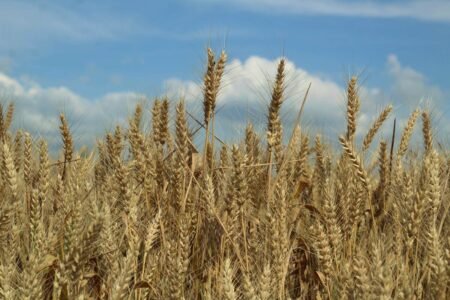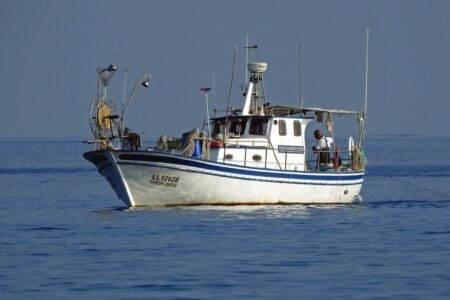Food shoppers will be able to make better informed, healthier choices as the result of new EU food labelling rules approved by MEPs on 6 July. Labels will have to spell out a food’s energy content as well as fat, saturated fat, carbohydrate, sugar, protein and salt levels, in a way that makes them easy for consumers to read.
Advertisement
Nutrition values compulsory
Under the new rules, the energy content and amounts of fat, saturated fat, carbohydrates, sugars, protein and salt must all be stated in a legible tabular form on the packaging, together and in the same field of vision. All this information has to be expressed per 100g or per 100ml. It may also, in addition, be expressed per portion,
Allergens
Currently all ingredients – including allergenic substances – must be indicated on the labels of pre-packed foods. In future it will be easier for consumers to see if a product contains allergenic substances, as they will have to be highlighted in the ingredient list. Shoppers will thus be able to see information on allergens at a glance.
The new rules also state that information on allergens must be given for non-packaged foods, for example on food sold in restaurants or canteens. Member States may themselves decide how the information is to be made available to consumers.
Country of origin
Under existing EU rules, the origin of certain foods – such as beef, honey, olive oil and fresh fruit and vegetables – already has to be shown on the label. This also applies where the failure to do so would mislead the consumer. This rule will now be extended to fresh meat from pigs, sheep, goat and poultry, at Parliament’s request. The Commission will have to introduce implementing rules for this purpose within two years of the regulation’s entry into force.
Country of origin labelling could in future be extended to other categories of food (such as meat when used as an ingredient, milk or unprocessed foods) but the Commission must first do impact assessments to weigh up the feasibility and potential costs of doing this.
Shoppers must not be misled
The new rules will also ensure that consumers are not misled by the appearance, description or pictorial presentation of food packaging.
In addition, it will be easy to spot “imitation foods” – foods that look similar to other foods but are made of different ingredients, such as “cheese-like” foods made with vegetable products. Where an ingredient that would normally be expected has been replaced, this will have to be clearly stated on the front of the pack in a prominent font size and next to the brand name.
Meat consisting of combined meat parts must be labelled “formed meat”. The same will apply to “formed fish”.
When will the new rules apply?
Parliament approved the new food labelling rules by 606 votes to 46, with 26 abstentions. Once the legislation is published in the EU Official Journal, food companies will have three years to adapt to most of the rules, but five years for the rules on nutrition values.
Further information, European Parliament
Adopted text will be available here (click on 06.07.2011)
Source: European Parliament







